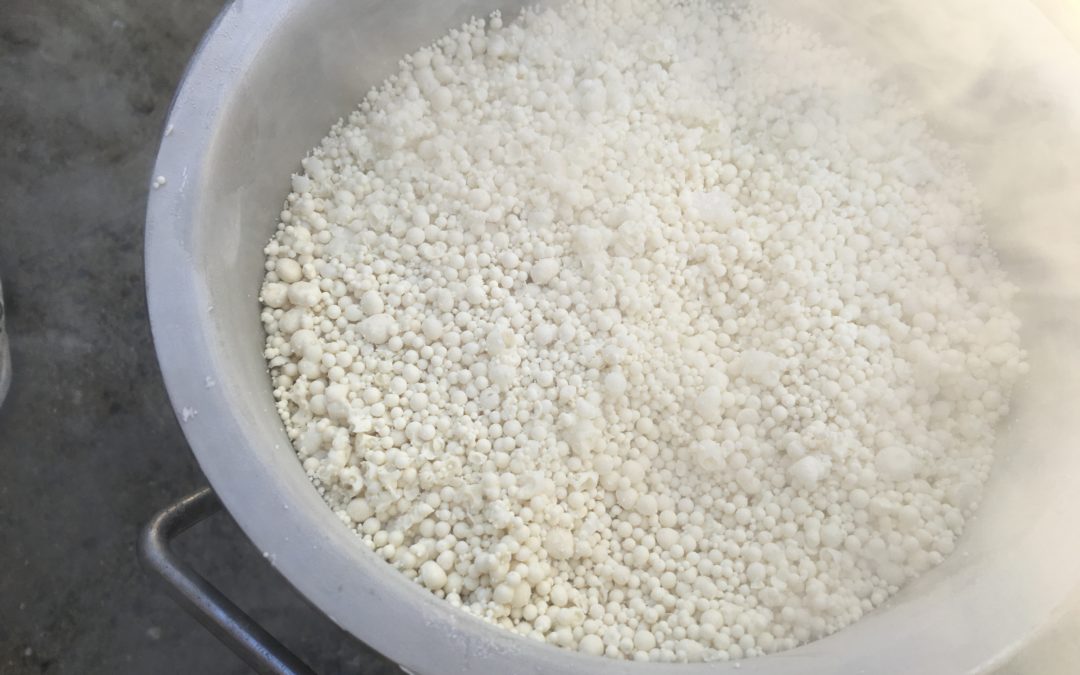GEA has launched its new nitrogen freezing pilot plant for bacteria, giving food and dairy processors the opportunity to trial this new technology in their own plants before investing in production-scale equipment.
Dairy, food and probiotic product processors use live bacteria as part of the production process. Traditionally, they have kept their own strains of bacteria and transferred them from one batch to the next. However, as more specialized strains of bacteria have emerged, so too the need to distribute them more widely. This is typically done by freezing them to -50 Celsius and then storing under temperature-controlled conditions until they are required. This requires a continuous cold chain, which is difficult in less developed countries.
“We are absolutely committed to this technology and want our customers to have the opportunity of trying it out for themselves in their own factories…”
Freeze-dried bacteria have become popular because it can be transported and stored at ambient temperature and rehydrated. Freeze drying bacteria is along process requiring several hours to freeze, then an additional 48 to 72 hours for the freeze drying process to be completed; this ties up expensive freeze-drying equipment and limits production.
The new pilot plant from GEA freezes the bacteria into droplets using a liquid nitrogen bath outside the freeze dryer then drying the pellets via the normal procedure. GEA state that this process means:
- Rather than freezing all of the bacteria is a single batch, it can be collected from a continuous stream improving flexibility and equipment utilisation.
- Fermentation and freeze drying are separate so the freeze dryer does not need to be available when the product is frozen.
- Bacteria can be stored at -50 C until it is required.
- The bacteria cell count resulting from this process is nearly double that of traditional freeze drying techniques.
- Frozen pellets dry much quicker than bacteria in slab form taking 24 to 36 and not up to 72.
Morton Pedersen, area sales manager for GEA Process Engineering said: “Although there is a cost for the liquid nitrogen, this is more than offset by the optimized utilization of the freeze dryer. Freeze dryers are expensive so we need to make sure customers are getting the best possible output from them.”
“We are absolutely committed to this technology and want our customers to have the opportunity of trying it out for themselves in their own factories, the results already seen with this new pilot plant are impressive and we’re confident that our customers will also be delighted with the results.”









